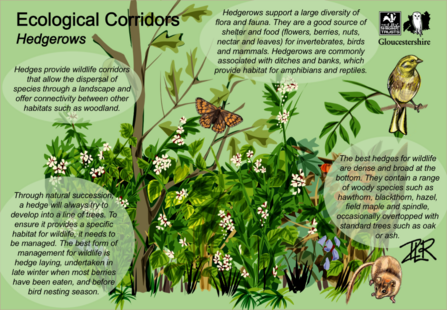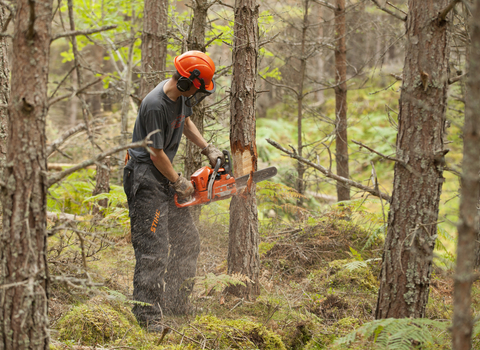Woodland Management
If you need support for woodland management, we can help you to prepare the Forestry Commission woodland management plans and aid your application for stewardship options.
We can provide support with the use of farm carbon cutting tools to reduce the carbon footprint of an estate. Where appropriate we can also support the transition of the existing farming and production systems, including woodland management, into more sustainable practices.

Niall Benvie/2020VISION
Conservation and recovery
Protecting existing woodland and expanding tree cover is vital, so that we continue to lock up more carbon naturally. But it also has other benefits: more woodland for people to enjoy, cleaner air and a natural air conditioning system in cities where urban trees are planted, reduced flood risk and - of course - more homes for wildlife!
But it's really important that new woodland creation is planned carefully to make sure it's in the right place and not planted over the top of other valuable habitats like peatland or grassland, as this can lead to the release of carbon, rather than the opposite. The type of woodland is also important, with mixed native woodland better for climate change and wildlife than plantations of single tree species. Where the trees are regularly harvested for timber as in the latter, they will only store carbon for a short time.
Ecological Connectivity
To allow wildlife to disperse through a farmed landscape it is essential that farmers and landowners help restore existing natural habitats and find ways to connect these habitats together using natural corridors, such as hedgerows and flower-rich field margins so that wildlife can disperse across the farmed landscape.
Hedgerows are recognised as being important for many endangered and rare species, and are therefore a priority for conservation management. They create a wind barrier which prevents soil erosion, block pesticides from entering water courses and increase water infiltration into the ground during floods.
Farmers and land managers can help reverse the severe declines of insect pollinators and in turn safeguard essential pollination services. Farmers who create a patchwork of habitats that offer the provision of food, shelter and nesting opportunities will help ensure pollinator populations are supported into the future.

Imogen Robertson

